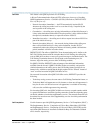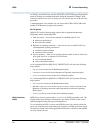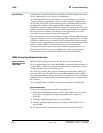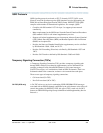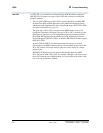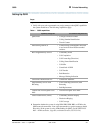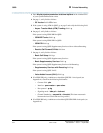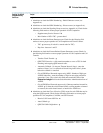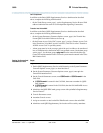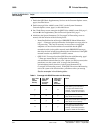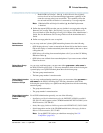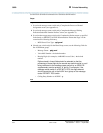
QSIG
371
Administration for Network Connectivity
555-233-504 — Issue 1 — April 2000 CID: 77730
B Private Networking
Setting Up QSIG
Begin
Steps
1 Verify with your sales representative or project manager what QSIG capabilities
the system should have. The following capabilities apply:
2 Determine whether the system is using ISDN-PRI, ISDN-BRI, or ATM for the
QSIG network connections. Your sales representative or project manager should
know this. (If the system is using ATM trunking for QSIG, see DEFINITY ECS
R8.2 - ATM Installation, Upgrades, and Administration, 555-233-124.)
Table 1. QSIG capabilities
Capability Categories Cross-Networking Features
QSIG Basic • Calling/Connected Number
• Calling Number Identification
• Transit Counter
Interworking with DCS
• Called/Calling Name/Number delivered
to and received from DCS networked
switches
Basic Supplementary Service
• Called/Busy Name
• Call Completion
• Call Forwarding (Diversion)
• Calling Name Identification
• Call Offer
• Centralized AUDIX
• Call Transfer
• Path Retention
• Message Waiting Indication
Centralized Attendant Service
• Centralized Attendant
Supplementary Service with
Rerouting
• Call Forwarding (Diversion) with
Rerouting
• Path Replacement
Transfer into Lucent QSIG Voice
Mail
• Transfer into QSIG Voice Mail
Value-Added Lucent (VALU)
• Called/Busy Number Display
• Distinctive Ringing
• Call Coverage



